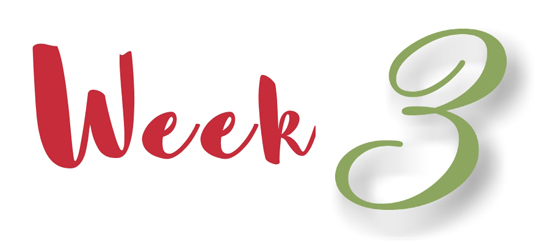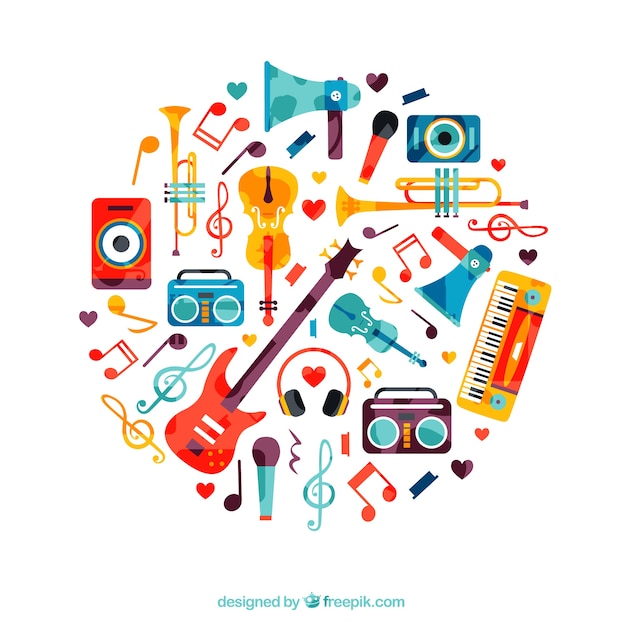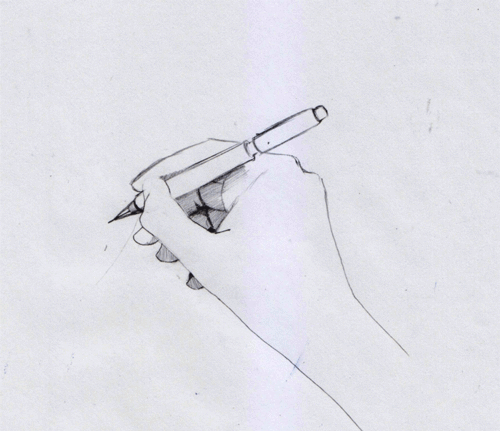Week 1: Introduction to Creative Arts: Curriculum and Pedagogy
Van Ceu Lian Fambawl
September 12, 2018
...
02 July 2018
The introduction was broken down into two parts:
Part – 1:
- - Introduction to unit assessor, and lecturers
- - The unit itself and its content
- - Assignments and online activities
Exploration on the topic:
v
Creativity and Education – Sir Ken Robinson.
https://www.youtube.com/watch?v=iG9CE55wbtY
- Do schools kill creativity?
https://www.youtube.com/watch?v=ik8jICj8juc
– Stomp Out Loud (Basketballs and the kitchen)
v
The importance of Arts education.
Part – 2:
We briefly looked at these four aspects: - summaries (Tutes week 1)
- · Dance – expressive movements that merges the physical with intellectual, emotion and even spiritual. It is a powerful art form that incorporates body as a mean of communication. It has the capacity to unites people across boundaries of culture, tradition, language; gender and ability.
- · Drama - an effective way of engaging learning where participants recognise and associates with roles and situations to be able to engage with, explore and understand the world they live in.
- · Music - the art of combining sounds of varying pitch to produce a coherent composition that is melodious, harmonious, intelligible, and expressive of ideas and emotions.
- · Visual Arts - art forms that create works that are primarily visual in nature, such as ceramics, drawing, painting, sculpture, printmaking, design, crafts, photography, video, film making and architecture.
Activities:
The Importance of Arts
Art is important because it helps and encourages kids to express themselves; it also helps kids in developing their cognitive and non-cognitive skills. Art lends itself to physical development and the enhancement of fine and gross motor skills.
Reflection:
The video of Sir Ken Robinson speaks to me personally. I found it very interesting and refreshing to stumbled upon such views toward the education system. As much as I can remember, my previous schooling life has been mostly sticking to the the book as shaped by the system - focusing only on academic or cognitive development that has made learning stressful and not effective at all. If I can get into teaching in the future, I WOULD like to go back to my mother-land and focus teaching base on a combination of both cognitive and non-cognitive skills...
- I have a dream to teach the idea that art is not just a thing, but a way for things.
- Education should be a tool that nurtures growth in creativity
- All the activities I get to interact are great and fun
For a more detailed content and resources please click the link below.

































